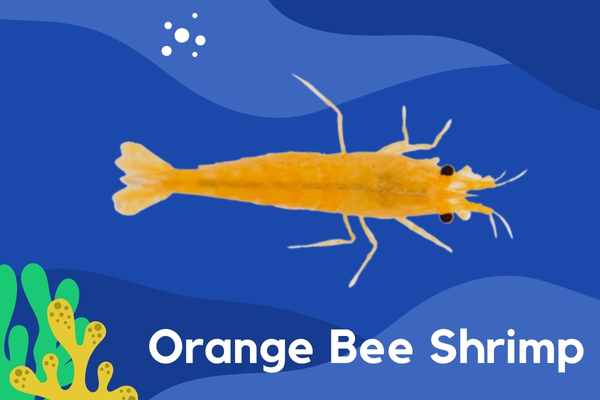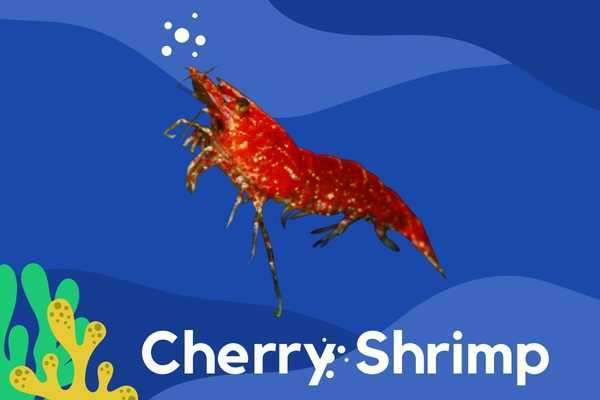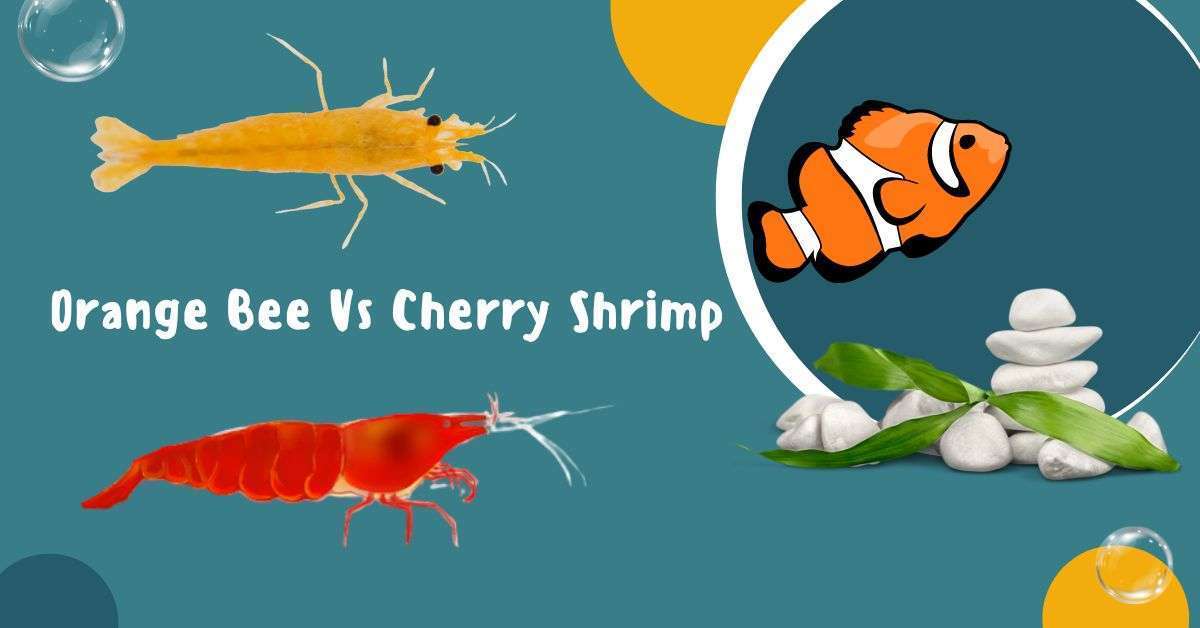Dive into the fascinating world of freshwater shrimp by comparing two of the most popular species: the Orange Bee Shrimp and the Cherry Shrimp. Learn about their appearance, behavior, and more differences to help you decide which one is the perfect fit for your aquarium.
Overview of orange bee shrimp and cherry shrimp
Orange Bee Shrimp
Orange bee shrimp is a unique and captivating species of crustaceans that are becoming increasingly popular amongst aquarium hobbyists. Not only are they beautiful, but they are also relatively easy to care for and provide a great addition to any freshwater setup.

A. Appearance and Size
Orange bee shrimp are small and delicate crustaceans that can reach a maximum size of just over one inch. Their bodies are mostly transparent, but they have a beautiful bright orange hue on their backs, giving them their unique name. They possess a single tail fan and long and thin antennae.
B. Diet and Feeding Requirements
Orange bee shrimp are omnivores and will happily feed on various food sources. They feed primarily on small insects, crustaceans, and detritus in the wild. In captivity, they will happily feed on various commercial foods, blanched vegetables, and live or frozen food sources such as bloodworms and brine shrimp. It is important to remember to provide a variety of food sources for your orange bee shrimp to ensure that they are receiving adequate nutrition.
C. Breeding Habits and Reproduction
Orange bee shrimp are relatively easy to breed in the home aquarium. They will breed readily in a group setting, though the female-to-male ratio should be kept in mind. The female will lay her eggs in an aquarium area with heavy vegetation and hatch in approximately 4-5 weeks. It is important to note that the eggs are very tiny and are easily overlooked, so it is important to keep an eye on the breeding process.
D. Habitat Preferences
Orange bee shrimp are relatively hardy and can be kept in a wide range of water parameters. They generally prefer a pH of 6.5-7.5, a temperature range of 68-78 degrees Fahrenheit, and a KH of 5-8. They also appreciate a flow in their tanks and plenty of hiding places.
E. Lifespan
The average lifespan of an orange bee shrimp is approximately 1-2 years, though they can live longer with proper care.
In conclusion, orange bee shrimp are a great addition to any freshwater setup. They are hardy and relatively easy to care for, providing an interesting and unique addition to any aquarium. Their beautiful orange coloration and peaceful nature make them a great addition to any home aquarium.
Cherry shrimp
Cherry shrimp are among the most popular freshwater aquarium species, thanks to their stunning colors and peaceful nature. These small, peaceful invertebrates make wonderful additions to any well-maintained aquarium. Here is an overview of cherry shrimp, including their appearance and size, diet and feeding requirements, breeding habits and reproduction, habitat preferences, and lifespan.

A. Appearance and Size
Cherry shrimp are beautiful freshwater shrimp with a bright red coloration. They can range from a deep, dark red to a light pink or orange. Most cherry shrimp stay smaller than 2 centimeters in length, making them one of the smaller species of freshwater shrimp.
B. Diet and Feeding Requirements
Cherry shrimp are not picky eaters and will happily accept a variety of foods. They are mainly vegetarian. It also eats small amounts of meaty foods. They are particularly fond of algae-based foods, such as blanched vegetables, algae wafers, and frozen or freeze-dried foods. It would help to feed them several times a week but not overfeed them.
C. Breeding Habits and Reproduction
Cherry shrimp are one of the easiest species to breed in the home aquarium. They are considered sexually mature when they reach 1.5 centimeters in length. Breeding typically occurs in the spring and summer when the water is at least 18°C. The female will lay her eggs on a surface, and the male will fertilize them. The eggs will hatch after about two weeks, and the young will be ready to fend for themselves.
D. Habitat Preferences
Cherry shrimp prefer water that is soft and slightly acidic. The temperature should stay between 18-26°C for optimal health and breeding. They should also have plenty of places to hide, such as plants, rocks, and driftwood. They are very active foragers, so having ample decorations and hiding spots is important.
E. Lifespan
Cherry shrimp can live up to 1-2 years if given the proper care. However, if they are kept in an overcrowded tank or have poor water quality, they may live less long.
Overall, cherry shrimp are a great addition to any freshwater aquarium. They are vibrant, peaceful, and easy to care for, making them popular among aquarists. With proper care and maintenance, they can bring a lot of joy to your aquarium for years to come.
FAQ
1. Can bee shrimp live with cherry shrimp?
Yes, bee shrimp and cherry shrimp can live together. The two species are not aggressive toward each other and require similar water parameters to thrive. However, it is important to note that it is best to have an established tank before introducing either species so that the tank can be well-cycled and the water parameters can be monitored closely. It is also important to ensure the tank is large enough to accommodate both species.
2. Can cherry shrimp breed with orange shrimp?
No, cherry shrimp and orange shrimp cannot breed with each other. They are from two different species of shrimp and are not closely related. Even if they did try to breed, it is unlikely that their offspring would be viable or fertile.
3. Can I mix different types of shrimp?
It is possible to mix different types of shrimp. However, it is advised to avoid keeping various species of the same genus of dwarf freshwater shrimp together in the same aquarium, as this can lead to cross-breeding. For instance, you can combine Neocaridina with Caridina, but two species of Neocaridina should be kept in a different tank.
Conclusion
The Orange Bee Shrimp and Cherry Shrimp are two unique species of freshwater shrimp that can make wonderful additions to any aquarium. They have different colors and sizes, and each comes with its care requirements. Regardless of which species you choose, you’re sure to be delighted with the beauty and personality of these wonderful creatures. With proper care, the Orange Bee Shrimp and Cherry Shrimp can live long and healthy lives.

